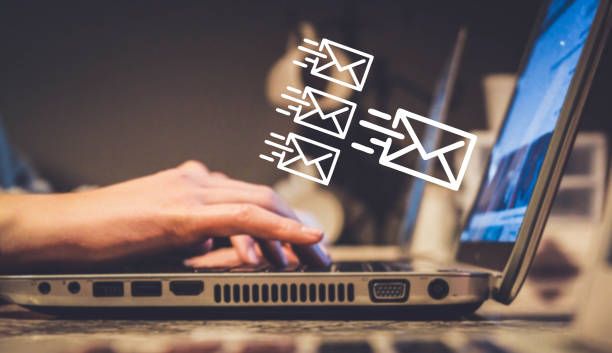As a developer, you know how important it is to ensure that your code is
secure and efficient. One key aspect of this is email validation, which is
critical for ensuring that the email addresses you are handling are valid and
accurate. In this article, we will explore the world of email validation in
.NET, and why it is so important for your applications.
What is Email Validation?

Email validation is the process of checking whether an email address is valid
or not. This involves verifying whether the email address is formatted
correctly, and whether it belongs to a real person or entity. Email validation
is necessary to prevent spam and other types of abuse, and to ensure that your
emails are reaching their intended recipients.
Why is Email Validation Important?
There are several reasons why email validation is important. First, it helps
to prevent spam and other types of abuse. If your application allows users to
sign up with fake email addresses, you could end up with a lot of spam and
other unwanted emails. This can be a huge hassle for you and your users.
Second, email validation helps to ensure that your emails are reaching their
intended recipients. If you send an email to an invalid email address, it will
bounce back to you. This can be frustrating for users who are expecting to
receive your emails, and can lead to a poor user experience.
Finally, email validation is important for data accuracy. If you are
collecting email addresses for marketing purposes, for example, you want to
make sure that you are collecting valid and accurate data. This will help you
to better target your audience, and improve your marketing efforts overall.

How to Validate Email Addresses in .NET

There are several ways to validate email addresses in .NET. One of the most
common methods is to use regular expressions. Regular expressions are a
powerful tool for matching patterns in strings, and can be used to validate
email addresses.
Another way to validate email addresses in .NET is to use third-party
libraries. There are several libraries available that can help you to validate
email addresses, including MailKit, MimeKit, and more.
Best Practices for Email Validation
When it comes to email validation, there are several best practices that you
should follow. First, always validate email addresses on the server side. This
will help to prevent malicious users from bypassing your validation rules.
Second, be sure to validate email addresses as soon as they are entered. This
will help to catch errors early, and prevent them from propagating throughout
your application.
Finally, consider using a third-party email validation service to help you
validate email addresses. These services can help to ensure that your email
addresses are accurate and up-to-date, and can save you time and effort in the
long run.
Conclusion
Email validation is a critical part of any application that deals with email
addresses. By following best practices and using the right tools, you can
ensure that your email addresses are accurate, secure, and efficient. So don't
neglect email validation – your users will thank you for it!

